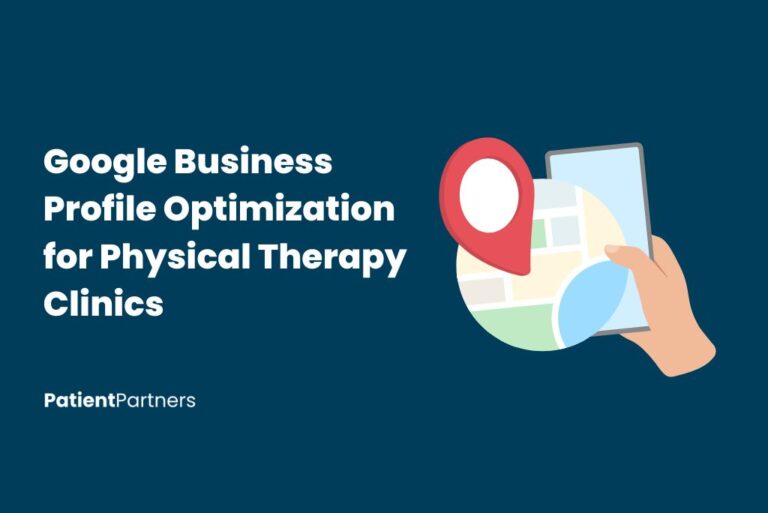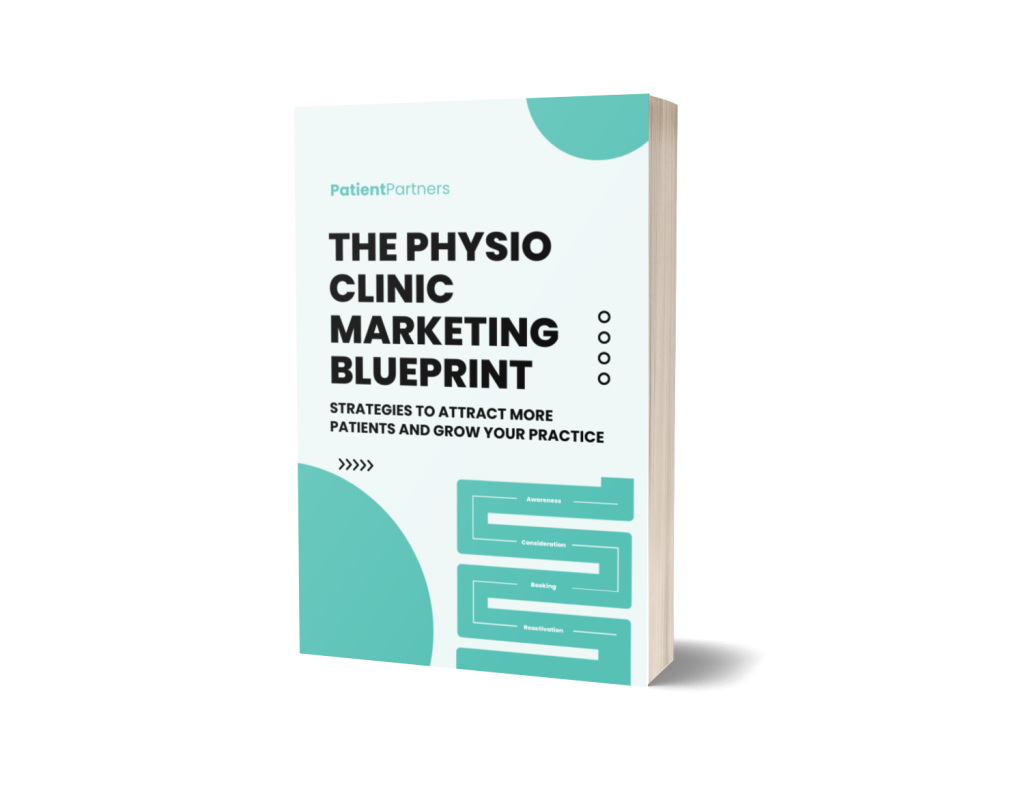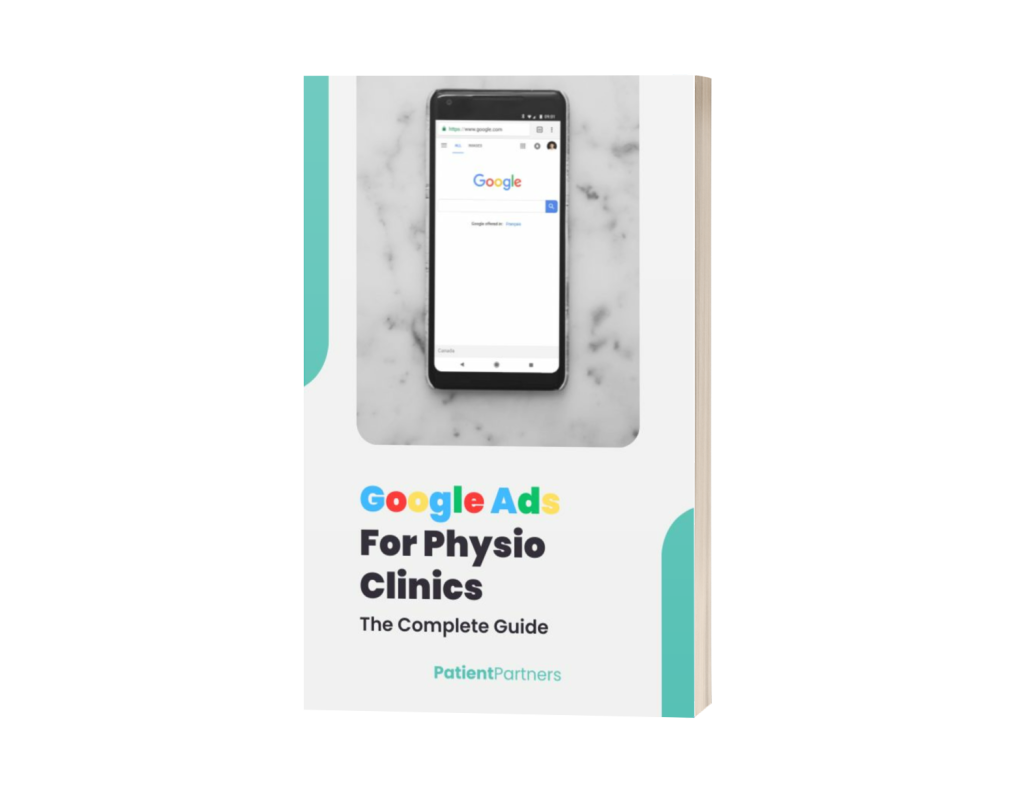Are you a physiotherapist looking to create a website for your practice? With the increasing importance of online presence, having a well-designed website can help you attract and retain clients. However, designing a website that effectively represents your practice and meets the needs of your clients can be a challenge.
That’s where physiotherapy website design comes in. Physiotherapy website design involves creating a website that is tailored to the needs of physiotherapists and their clients. This includes features such as appointment scheduling, online forms, and educational resources for clients. A well-designed physiotherapy website can improve the user experience for clients, increase engagement, and ultimately lead to more business for your practice.
In this article, we’ll explore the key elements of physiotherapy website design, including how to choose the right design and layout, what features to include, and how to optimize your website for search engines. Whether you’re just starting out or looking to revamp your existing website, this guide will provide you with the knowledge and tools you need to create a website that effectively represents your practice and attracts new clients.
Importance of Physiotherapy Website Design
Your physiotherapy website is often the first impression potential clients will have of your practice, and it’s essential to make it count. A well-designed website can help you stand out from the competition, attract new clients, and ultimately grow your business.
Physiotherapy website design is crucial because it can affect how people perceive your practice. A poorly designed website can make your practice appear unprofessional and untrustworthy, while a well-designed website can convey a sense of professionalism, expertise, and trustworthiness.
In addition to making a good impression, a well-designed website can also improve the user experience for your clients. A website that is easy to navigate, visually appealing, and informative can help clients find the information they need quickly and easily. This can help build trust and confidence in your practice and ultimately lead to more business.
Another important aspect of physiotherapy website design is ensuring that your website is mobile-friendly. With more and more people accessing the internet on their mobile devices, it’s essential to have a website that is optimized for mobile viewing. This can improve the user experience for mobile users and help you reach a wider audience.
Overall, investing in a well-designed physiotherapy website can have a significant impact on the success of your practice. By conveying professionalism, expertise, and trustworthiness, and providing a positive user experience, you can attract new clients and grow your business.
Want to know how to get more patients through Google?
Download the Ultimate Guide to SEO for Physiotherapy Clinics.
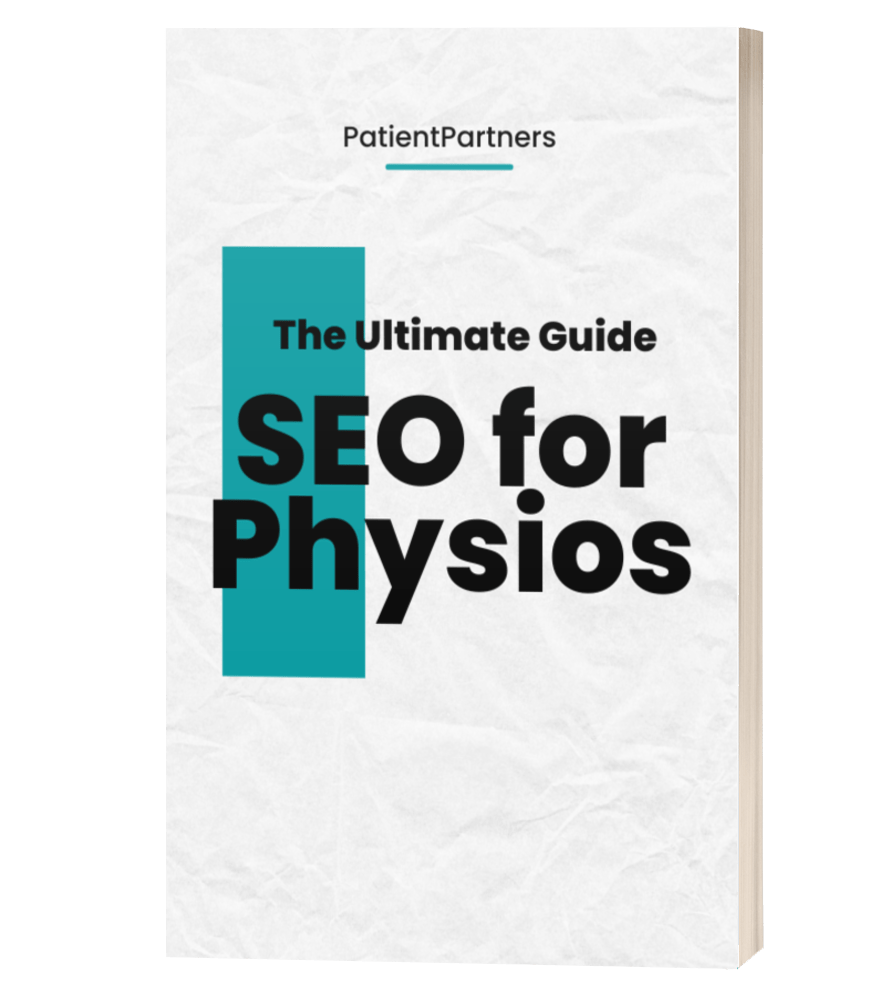
Key Elements of Website Design
When it comes to physiotherapy website design, there are some key elements that you need to consider to ensure that your website is effective and engaging. Here are some of the most important elements that you should focus on:
Customization and Refinement
Customization and refinement are crucial when it comes to website design. You want to make sure that your website is unique and stands out from the competition. This means that you should avoid using generic templates and instead opt for a custom design that reflects your brand and personality. Refining your website involves optimizing the layout, content, and features to ensure that they are user-friendly and effective.
Visibility and Performance
Your website’s visibility and performance are critical to its success. You want to make sure that your website is optimized for search engines so that potential clients can easily find you. This means that you should focus on SEO (search engine optimization) to ensure that your website ranks well in search engine results pages. Additionally, you should ensure that your website is fast, reliable, and easy to navigate.
User-Friendly Interface
A user-friendly interface is essential for any website, but it’s especially important for physiotherapy websites. You want to make sure that your website is easy to use and navigate, with clear calls to action and intuitive menus. Additionally, you should provide feedback mechanisms such as contact forms, chatbots, or phone numbers so that potential clients can get in touch with you easily.
Modern and Clean Aesthetics
Finally, you want to ensure that your website has a modern and clean aesthetic that reflects your brand and personality. This means using a color scheme and typography that is consistent with your branding, as well as incorporating high-quality images and videos. A clean and modern design will help to establish your credibility and professionalism, which is essential in the healthcare industry.
In summary, when designing a physiotherapy website, you need to focus on customization, refinement, visibility, performance, user-friendliness, and aesthetics. By following these key elements, you can create a website that is effective, engaging, and reflects your brand and personality.
Want a free website & marketing audit?
We’ll tell you what parts of your website and marketing are working – and what parts aren’t.

Choosing the Right Template and Software
When it comes to designing your physiotherapy website, choosing the right template and software is crucial. A well-designed website can help attract new clients, while a poorly designed one can drive them away. Here are a few things to keep in mind when choosing a template and software for your physiotherapy website.
Template
The first thing you need to consider is the template. A template is a pre-designed website layout that you can customize to suit your needs. When choosing a template, make sure it is compatible with the software you are using. For example, if you are using Webflow, make sure the template is compatible with Webflow.
You should also consider the version of the software you are using. Some templates may only work with certain versions of the software, so make sure you choose a template that is compatible with your version.
Software
The software you use to design your website is just as important as the template. There are many different software options available, but some are better suited for physiotherapy websites than others.
Webflow is a popular choice for physiotherapy website design because it is easy to use and offers a lot of customization options. It is also a CMS (Content Management System), which means you can easily update your website without having to know how to code.
When choosing software, make sure it is compatible with the template you have chosen. You should also consider the features and functionality you need for your website. For example, if you want to offer online booking, make sure the software you choose has a booking system.
In conclusion, choosing the right template and software is crucial for designing a successful physiotherapy website. Make sure the template is compatible with your software and version, and choose software that offers the features and functionality you need for your website. With the right tools, you can create a professional and effective website that attracts new clients and grows your business.
Importance of Regular Updates
When it comes to physiotherapy website design, keeping your website updated is crucial for a number of reasons. Here are some of the key reasons why regular updates are important:
Improved User Experience
Your website is often the first point of contact between you and potential clients. If your website is outdated and difficult to navigate, it can turn users away. Regular updates can help improve the user experience by ensuring that your website is easy to use, up-to-date, and visually appealing.
Increased Search Engine Visibility
Search engines like Google prioritize websites that are regularly updated with fresh content. By updating your website regularly, you can improve your search engine rankings and increase your visibility online. This can help attract more traffic to your website and ultimately lead to more clients.
Better Security
Regular updates can also help improve the security of your website. As new security threats emerge, website developers release updates to fix vulnerabilities and protect against attacks. By keeping your website up-to-date, you can ensure that your website is secure and protect your clients’ sensitive information.
Updated Information
Physiotherapy is a constantly evolving field, with new research and techniques emerging all the time. By regularly updating your website with new information, you can demonstrate your expertise and keep your clients informed about the latest developments in the field.
Overall, regular updates are essential for any physiotherapy website. By keeping your website up-to-date, you can improve the user experience, increase your search engine visibility, improve security, and provide your clients with the most up-to-date information.
Physiotherapy Clinic’s Online Presence
As a physiotherapy clinic, having a strong online presence is essential in today’s digital age. Your website is often the first impression potential patients have of your clinic, so it is important to make it professional and user-friendly.
One way to improve your online presence is by optimizing your website for search engines. This can include using relevant keywords in your website content, creating meta descriptions for each page, and ensuring that your website is mobile-friendly.
Another important aspect of your online presence is social media. By creating profiles on popular social media platforms like Facebook and Instagram, you can connect with potential patients and share information about your clinic and services. It is important to keep your social media profiles up-to-date with relevant information and engaging content.
In addition to your website and social media profiles, online directories and review sites can also impact your online presence. Ensuring that your clinic is listed on popular directories like Yelp and Google My Business can help improve your visibility and attract new patients. Encouraging satisfied patients to leave positive reviews on these sites can also help improve your reputation and attract new patients.
Overall, having a strong online presence is crucial for any physiotherapy clinic looking to attract new patients and grow their business. By optimizing your website for search engines, creating engaging social media profiles, and maintaining a positive online reputation, you can establish yourself as a trusted and reliable provider of physiotherapy services.
Improve Your Page Speed
What does page speed mean? It mean’s how long does it take for your website to load.
Having a fast loading website is actually a big part of creating a positive user experience.
An increase of just 1-2 seconds can actually have a dramatic impact on your conversion rates and new patient bookings through the website.
Page speed is also a Google ranking factor, which mean’s it’s impacting your SEO.
You can check out how fast your website loads with the Google Pagespeed Insights tool. Just give it your website URL and run the analysis. After a few moments, you’ll have a score as well as recommendations for how to improve your page speed.
Examples of Amazing Physio Websites
Now let’s look at some examples of great physiotherapy websites that you can borrow inspiration from.
First up we have Parkway Physiotherapy + Performance Centre.
Things to like about this website:
- Key information is easily found
- The site uses high-quality images and minimal stock photos
- Services, locations, and other patient resources are prominently displayed

Spear Physiotherapy is another practice with a great website.
Things to like about this site:
- Nice typography choices
- Custom graphics and illustrations
- Clean, simple navigation

Finally we have Cornerstone Physiotherapy.
While some aspects of the site are a little busy, this services sections is excellent.
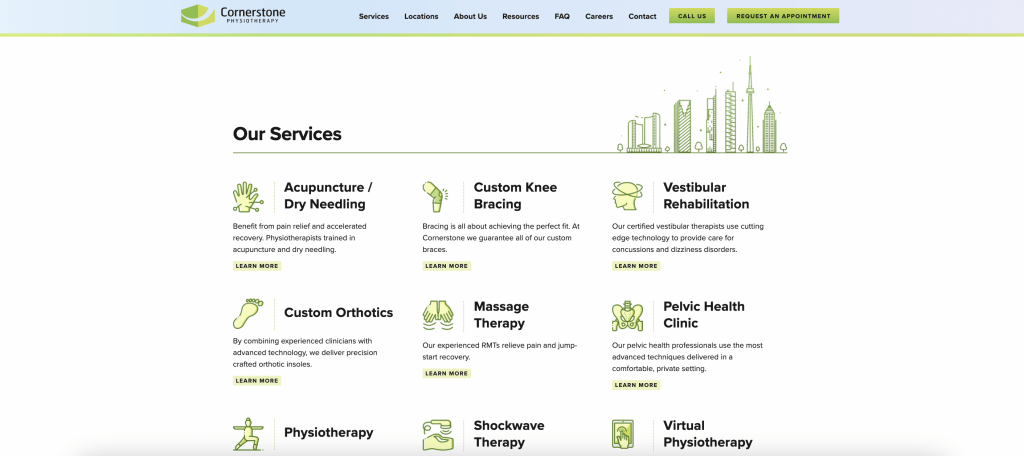
Designing a Great Physiotherapy Website
Your website is arguably the most important part of your online presence and reputation.
Use these tips to make sure you’re creating a website for your physio clinic.
Want help creating a great website for your practice? PatientPartners is a marketing agency specifically for physio clinics and we know exactly what it takes to create a beautiful, high-converting website.
Did you know PatientPartners was listed as one of the Top SEO Agencies in Canada? Visit Spotlight to learn more.






